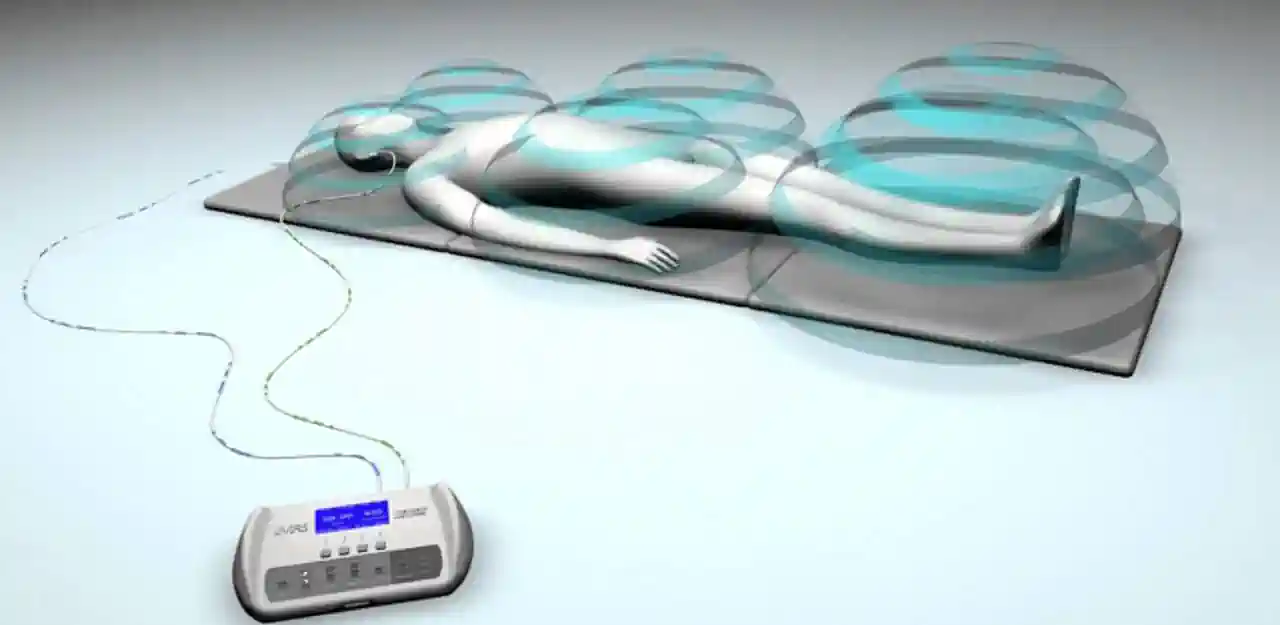Electromagnetic therapy, also known as electromagnetic field therapy (EMT), is a non-invasive medical treatment that utilizes electromagnetic fields to promote healing and alleviate various health conditions. This therapy has gained popularity in recent years as an alternative or complementary approach to conventional medicine. This article explores the principles, applications, and potential benefits of electromagnetic therapy.
Understanding Electromagnetic Therapy
Electromagnetic therapy is based on the concept that electromagnetic fields can influence the body’s natural processes. The human body is composed of cells, and these cells communicate with one another using electrical signals. This communication is essential for maintaining proper bodily functions.
EMT devices generate electromagnetic fields with specific frequencies and intensities. When these fields are applied to the body, they interact with the body’s own electromagnetic signals, potentially modulating cellular activities. This modulation can lead to improved circulation, reduced inflammation, and enhanced tissue repair.
Applications of Electromagnetic Therapy
Electromagnetic therapy encompasses a wide range of applications, and its potential benefits extend to various aspects of healthcare. Below, we delve into more detail about some of the key applications of electromagnetic therapy:
- Pain Management: Electromagnetic therapy has shown significant promise in managing various types of pain, especially chronic conditions. This therapy is particularly beneficial for individuals who may not respond well to traditional pain medications or who wish to avoid potential side effects. It works by promoting blood circulation, reducing inflammation, and modulating the body’s pain perception pathways.
- Osteoarthritis: Electromagnetic therapy has been used to alleviate the pain and stiffness associated with osteoarthritis. It can help improve joint function and reduce the need for painkillers.
- Fibromyalgia: Patients with fibromyalgia often experience widespread musculoskeletal pain. Electromagnetic therapy may offer relief by calming overactive pain pathways.
- Back Pain: Chronic back pain, whether due to injury or degenerative conditions, can be debilitating. Electromagnetic therapy can help relax muscles, reduce inflammation, and promote the healing of damaged tissues in the back.
- Wound Healing: Electromagnetic therapy devices designed for wound healing use specific frequencies and intensities to accelerate the body’s natural healing processes. This application can be particularly beneficial for:
- Post-Surgery Healing: Electromagnetic therapy can aid in the recovery process after surgical procedures by promoting the healing of incisions and reducing the risk of complications.
- Chronic Wounds: People with chronic wounds, such as diabetic ulcers or pressure sores, can benefit from electromagnetic therapy’s ability to stimulate tissue regeneration.
- Fracture Healing: It may help promote the healing of broken bones by enhancing bone density and encouraging the formation of new bone tissue.
- Bone Health: Maintaining healthy bones is crucial for overall well-being, especially as we age. Electromagnetic therapy has been explored as a potential treatment for bone-related issues, including:
- Osteoporosis: This therapy may help increase bone density and reduce the risk of fractures in individuals with osteoporosis. By stimulating bone growth, it can contribute to better bone health.
- Bone Repair: Electromagnetic therapy has applications in orthopedics for bone repair and the treatment of fractures, helping bones mend more quickly and effectively.
- Mental Health: Emerging research suggests that electromagnetic therapy may have a role in the field of mental health, particularly for conditions like depression and anxiety. It is thought to work by regulating brain activity and neurotransmitter levels.
- Depression: Some studies have shown that electromagnetic therapy can improve depressive symptoms, making it a potential alternative or adjunctive treatment for individuals who do not respond to traditional antidepressant medications.
- Anxiety: Electromagnetic therapy may help reduce anxiety symptoms by promoting relaxation and improving overall mood.
- Sports Medicine: Athletes and active individuals often use electromagnetic therapy to support their training and recovery efforts. It can be valuable in:
- Muscle Recovery: Electromagnetic therapy can reduce muscle soreness and inflammation, helping athletes recover more quickly after intense workouts or competitions.
- Injury Rehabilitation: For sports-related injuries, such as sprains, strains, and contusions, electromagnetic therapy can aid in tissue repair and reduce downtime.
It’s important to note that while electromagnetic therapy holds promise in these applications, more research is needed to establish standardized treatment protocols and determine its effectiveness in specific clinical settings. Additionally, individual responses to electromagnetic therapy can vary, so consultation with healthcare professionals remains crucial to ensure safe and appropriate use.
Safety and Considerations
Electromagnetic therapy is generally considered safe when used as directed. However, it is essential to consult with a healthcare professional before starting any electromagnetic therapy regimen, especially if you have underlying medical conditions, use electronic medical devices (such as pacemakers), or are pregnant.
It’s also crucial to follow the manufacturer’s instructions and avoid using unauthorized or unregulated devices. Electromagnetic therapy should complement conventional medical treatments, not replace them.
Electromagnetic therapy is a promising field that harnesses the power of electromagnetic fields to support the body’s natural healing processes. While more research is needed to fully understand its mechanisms and potential, it offers a non-invasive and drug-free option for managing various health conditions.
As with any medical treatment, individuals interested in electromagnetic therapy should consult with healthcare professionals to ensure it is safe and appropriate for their specific needs.
Sources:
- “Electromagnetic Fields in Biology and Medicine.” National Center for Biotechnology Information. https://www.ncbi.nlm.nih.gov/pmc/articles/PMC4427336/
- “Electromagnetic Field Therapy: A New Approach in Medicine.” National Center for Biotechnology Information. https://www.ncbi.nlm.nih.gov/pmc/articles/PMC2670735/

